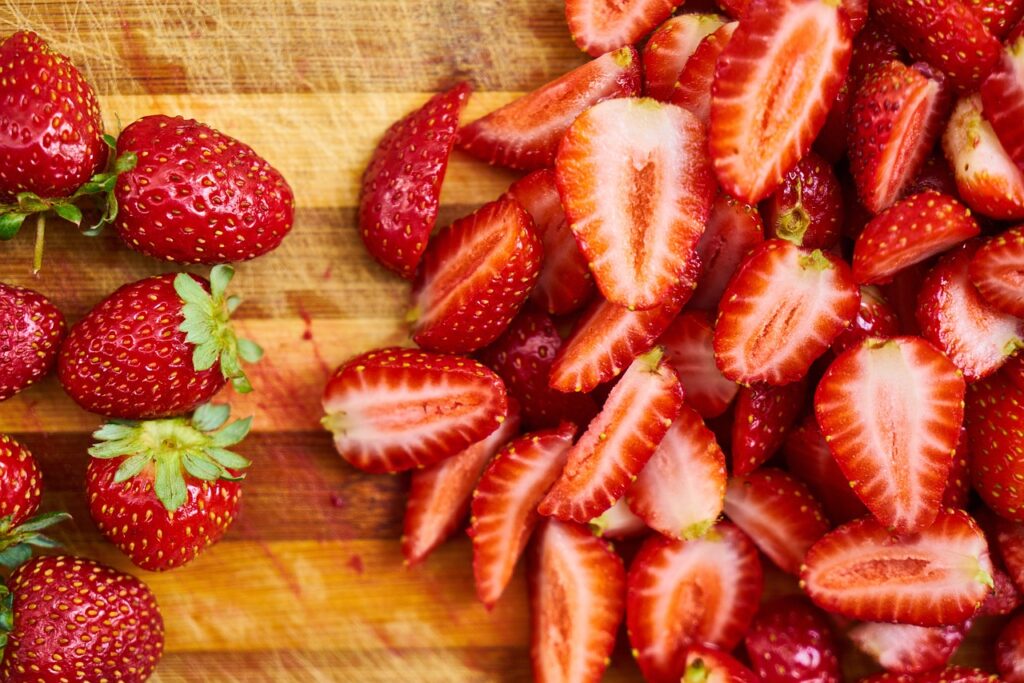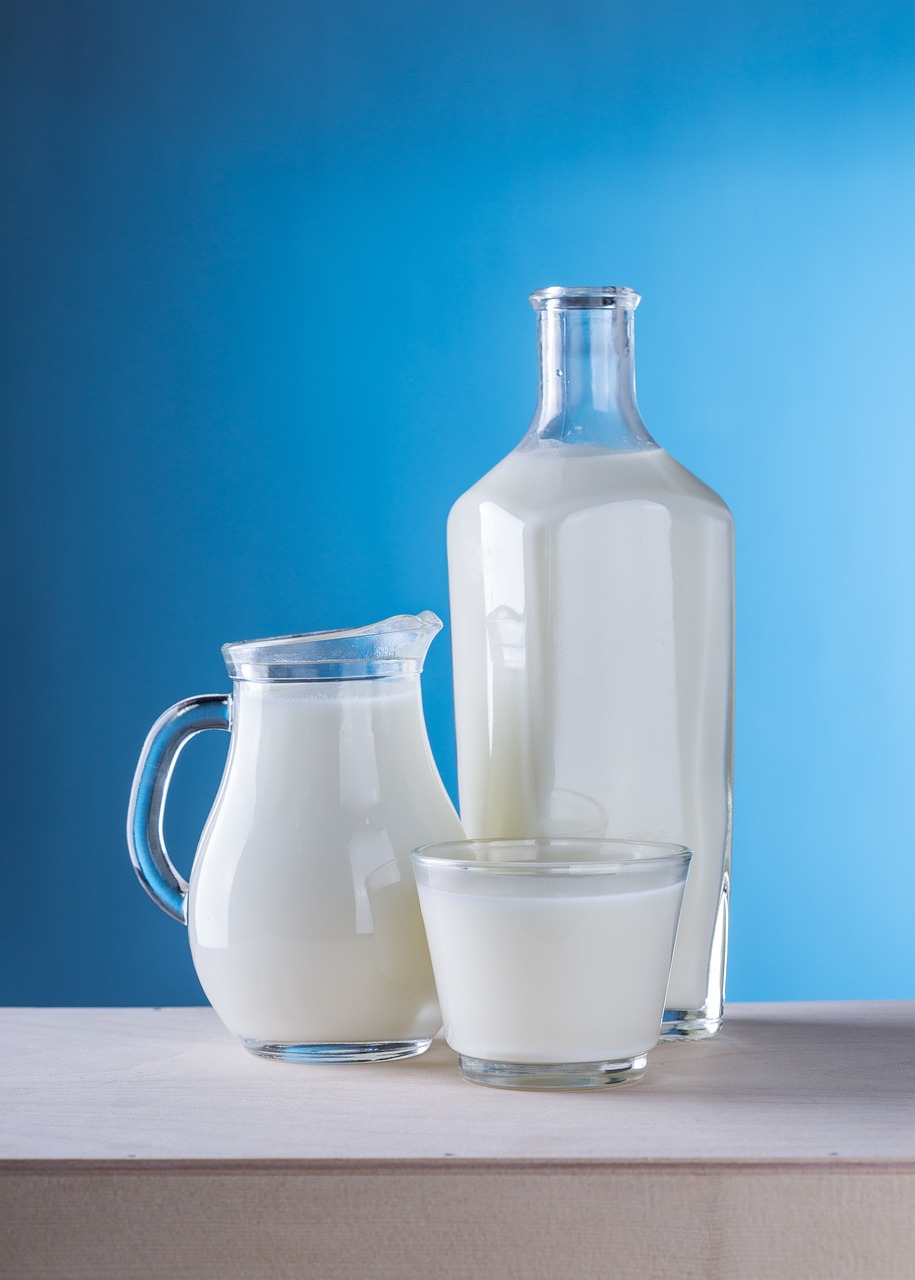Maintaining a healthy lifestyle doesn’t mean giving up on flavor. Tastepan understands the importance of nourishing your body while still enjoying the pleasures of delicious food. That’s why we’re here to introduce you to the concept of portion control, which is the key to managing your caloric intake. By understanding the right amount of food to consume, you can support your well-being and achieve your health goals, all while savoring every satisfying bite. Say goodbye to restrictive diets and hello to a balanced approach that allows you to nourish your body without compromising on taste. Let Tastepan guide you on your journey to mindful and enjoyable eating.

I. What is Portion Control?
A. Definition
Portion control refers to the practice of consciously regulating the amount of food you consume in each meal or snack. It involves being mindful of serving sizes and making intentional choices to avoid overeating.
B. Importance
Portion control is important for maintaining a healthy diet and managing caloric intake. When you consistently consume more calories than your body needs, it can lead to weight gain and various health issues. Portion control helps you maintain a balance between the energy you consume and the energy you expend.
C. Relationship to caloric intake
Portion control is closely related to caloric intake. By practicing portion control, you can ensure that you are consuming an appropriate number of calories for your activity level and goals. It helps you avoid consuming excess calories, which can lead to weight gain and other health problems.
II. Benefits of Portion Control
A. Weight Management
One of the key benefits of portion control is weight management. By regulating your portion sizes, you can reduce your overall calorie intake and create a calorie deficit, which is essential for weight loss. Portion control helps you develop healthier eating habits and prevents you from overindulging in high-calorie foods.
B. Improved Digestion
Eating large portions can put a strain on your digestive system, leading to discomfort and digestive issues. By practicing portion control, you can give your digestive system a break and allow it to process food more efficiently. This can result in improved digestion and reduced digestive problems such as bloating and indigestion.
C. Balanced Blood Sugar Levels
Portion control plays a crucial role in maintaining stable blood sugar levels. When you consume large portions of high-sugar or high-carbohydrate foods, it can cause a rapid spike in blood sugar levels, followed by a crash. By practicing portion control and choosing balanced meals, you can prevent these dramatic fluctuations and keep your blood sugar levels stable throughout the day.
D. Reduced Risk of Chronic Diseases
Adopting portion control as part of a healthy lifestyle can significantly reduce the risk of chronic diseases. Overeating and consuming excessive calories can contribute to conditions such as obesity, heart disease, and type 2 diabetes. By practicing portion control and maintaining a balanced diet, you can lower your risk of developing these diseases and improve your overall health.

III. How to Practice Portion Control
A. Use Measuring Tools
Using measuring tools such as measuring cups and spoons, a kitchen scale, or portion-controlled containers can help you accurately measure your food portions. This ensures that you are consuming the appropriate serving size and helps you avoid guessing or underestimating portion sizes.
B. Become Familiar with Portion Sizes
It is essential to become familiar with portion sizes and what they look like for different food groups. For example, a serving of pasta is typically around half a cup, while a serving of protein is about the size of a deck of cards. By learning these visual cues, you can estimate portion sizes more accurately.
C. Opt for Smaller Plates
Using smaller plates and bowls can trick your brain into thinking you are eating a larger portion. This psychological trick can help you feel satisfied with smaller amounts of food and prevent overeating. Choose plates and bowls that are appropriate for the portion sizes you want to consume.
D. Eat Mindfully
Practicing mindful eating involves paying attention to your eating experience, including the taste, texture, and satisfaction you derive from your food. By eating mindfully, you can savor each bite and become more aware of your body’s hunger and fullness cues. This can help prevent overeating and allow you to enjoy your meals more fully.
E. Listen to Your Body’s Hunger Cues
One effective way to practice portion control is to listen to your body’s hunger cues. Eat when you are genuinely hungry and stop when you feel comfortably satisfied, rather than eating until you are overly full. This helps you develop a healthier relationship with food and ensures that you are not consuming more calories than your body needs.
IV. Portion Control Techniques
A. The Plate Method
The plate method is a portion control technique that involves dividing your plate into sections for different food groups. Fill half your plate with vegetables or salad, one-quarter with lean protein, and one-quarter with whole grains or starchy vegetables. This method helps you create balanced meals and control your portion sizes.
B. Hand Measurements
Using your hand as a general guide for portion sizes can be a convenient way to practice portion control. For example, a serving of meat should be roughly the size of your palm, a serving of grains or starchy vegetables should be about the size of your clenched fist, and a serving of fats or oils should be the size of your thumb.
C. Portion-Controlled Containers
Portion-controlled containers are pre-measured containers that help you portion out your meals and snacks. These containers are designed to hold specific serving sizes, making it easy to pack meals or snacks on-the-go without the need for measuring tools.
D. Dividing Your Plate
Dividing your plate visually into portions can be a helpful technique for portion control. Mentally divide your plate into sections and allocate specific food groups to each section. This method allows you to visually assess your portion sizes and make adjustments if necessary.
E. Pre-portioned Snacks
One common challenge for portion control is snacking. Pre-portioning snacks into smaller containers or snack bags can help you control your portion sizes and prevent mindless overeating. By having pre-measured snacks readily available, you can avoid reaching for larger, family-sized snack packages.

V. Tips for Portion Control When Dining Out
A. Share a Main Dish
When dining out, consider sharing a main dish with a friend or family member. Restaurant portions are often larger than what you need, and sharing allows you to enjoy a variety of flavors without overeating. You can also ask for an extra plate to divide the portion when sharing.
B. Order Small or Half Portions
Many restaurants offer smaller or half-sized portions for certain dishes. Opt for these options when available to ensure you are not consuming more food than necessary. If smaller portions are not listed on the menu, consider asking your server if they can accommodate your request.
C. Request a Takeaway Box
If your portion at a restaurant is larger than necessary, request a takeaway box at the beginning of the meal. Immediately pack away a portion of your food to save for later. This prevents the temptation to overeat and allows you to enjoy a balanced portion size.
D. Be Mindful of Side Dishes
While main dishes often get the most attention, side dishes can also contribute to excess calorie intake. Be mindful of portion sizes when choosing and consuming side dishes. Consider opting for healthier sides such as salad or steamed vegetables instead of high-calorie options like fries or creamy sauces.
E. Limit Liquid Calories
Beverages can be a hidden source of excess calories. Limit your intake of sugary drinks, alcohol, and high-calorie beverages. Opt for water, unsweetened tea, or other low-calorie options. If you do choose to indulge in a higher-calorie drink, be mindful of your portion size and enjoy it in moderation.
VI. Strategies to Overcome Portion Distortion
A. Increase Awareness
Increasing awareness of portion sizes and the impact they have on your health is the first step in overcoming portion distortion. Educate yourself about appropriate portion sizes for different food groups and practice visualizing them. This awareness helps you make informed choices and avoid inadvertently consuming excessive amounts of food.
B. Read Food Labels
Food labels provide valuable information about serving sizes and nutritional content. Pay attention to the serving size listed on the label, as it may differ from the portion size you typically consume. Reading food labels can help you make better-informed decisions and understand the true caloric content of the foods you consume.
C. Practice Mindful Eating
Mindful eating involves paying full attention to the experience of eating and being present in the moment. By slowing down, savoring each bite, and fully experiencing the flavors and textures of your food, you can become more mindful of your portion sizes. This practice helps you tune in to your body’s hunger and fullness signals and make conscious decisions about your food intake.
D. Avoid Eating Straight from Packages
Eating directly from packages, such as bags of chips or cartons of ice cream, can lead to mindless overeating. It is easy to lose track of portion sizes and consume more than intended when eating unconsciously. Instead, portion out a serving onto a plate or bowl to help you monitor and control your intake more effectively.
E. Cook at Home
Cooking at home gives you full control over the ingredients and portion sizes of your meals. By preparing your own meals, you can choose healthier ingredients, control your portion sizes, and create balanced meals that meet your nutritional needs. Cooking at home also helps you develop cooking skills and experiment with recipes, making healthy eating more enjoyable.
VII. Tools and Resources for Portion Control
A. Measuring Cups and Spoons
Measuring cups and spoons are essential tools for accurately measuring and portioning out ingredients. They help ensure that you are using the correct serving sizes and prevent you from relying on guesswork when cooking or baking.
B. Kitchen Scale
A kitchen scale is a handy tool for accurately measuring the weight of foods, particularly when the serving size is specified in grams or ounces. This allows for precise portion control and can be especially useful for tracking calories or following specific dietary plans.
C. Online Portion Control Guides
There are numerous online resources and guides available that provide information on portion sizes for various foods. These guides can be helpful references when you are unsure of the appropriate portion sizes for specific food groups or dishes.
D. Mobile Apps
Mobile apps can be a convenient way to track and manage your portion sizes. There are several apps available that provide portion control guides, track calories, and offer meal planning tools. These apps can help you stay accountable and make informed choices when it comes to portion control.
VIII. Common Myths About Portion Control
A. Eating Less Means Starving
One common misconception about portion control is that it means depriving yourself or feeling hungry all the time. In reality, portion control is about eating the right amount of food to nourish your body and promote health. By focusing on balanced meals and portion sizes that satisfy your hunger, you can maintain a healthy weight without feeling deprived.
B. One Size Fits All
Another myth is that portion control is the same for everyone. The truth is, portion sizes can vary depending on factors such as age, gender, activity level, and individual metabolism. It is important to consider your own unique needs and consult with a healthcare professional or registered dietitian for personalized guidance.
C. Portion Control Means Bland Food
Some people believe that portion control means eating boring or tasteless food. However, portion control is not about eliminating flavor or enjoyment from your meals. It is about making intentional choices and balancing your plate with nutritious, flavorful foods in appropriate quantities.
D. It’s Too Complicated
Portion control can seem overwhelming or complicated, especially if you are just starting. However, with practice and awareness, it can become a natural and intuitive part of your routine. Start by focusing on small changes and gradually incorporate portion control strategies into your daily life. Over time, it will become easier and more second nature.
IX. Challenges and Solutions
A. Social Pressure and Food Environments
Social pressure and the availability of large portion sizes in food environments can make portion control challenging. When dining with others or attending social events, it can be tempting to match your portion sizes with those around you. To overcome this challenge, remind yourself of your goals, practice assertiveness in refusing excessive portions, and seek support from like-minded individuals.
B. Emotional Eating
Emotional eating is another challenge that can hinder portion control efforts. During times of stress, sadness, or boredom, it is common to turn to food for comfort, often resulting in overeating. Developing alternative coping mechanisms, recognizing emotional triggers, and seeking support from a therapist or counselor can help overcome emotional eating and promote healthier portion control habits.
C. Lack of Awareness
Many individuals struggle with portion control simply because they are not aware of appropriate serving sizes or the impact of excessive portions. Increasing awareness through education, reading food labels, and tracking food intake can help you develop a better understanding of portion control and make more informed choices.
D. Meal Planning and Prepping
Lack of time and preparation can often lead to poor portion control decisions, such as opting for convenience foods or consuming larger portions due to limited options. To overcome this challenge, prioritize meal planning and prepping. Set aside time each week to plan nutritious meals, portion them out, and have healthy snacks readily available. This can help you make better choices and avoid impulsive, unhealthy eating habits.
X. Conclusion
A. Recap of the Importance of Portion Control
Portion control is a crucial aspect of maintaining a healthy diet and managing caloric intake. It helps you achieve and maintain a healthy weight, promotes improved digestion, stabilizes blood sugar levels, and reduces the risk of chronic diseases. By practicing portion control, you can create a balanced relationship with food and make better choices for your overall health and well-being.
B. Encouragement to Implement Portion Control
Implementing portion control may initially require some effort and conscious decision-making, but the long-term benefits make it well worth it. By using measuring tools, becoming familiar with portion sizes, eating mindfully, and listening to your body’s hunger cues, you can take control of your portion sizes and improve your overall health. Remember, small changes can lead to significant results, and with time and practice, portion control will become second nature. Prioritize your well-being and embrace portion control as a lifelong habit for a healthier, happier you.

